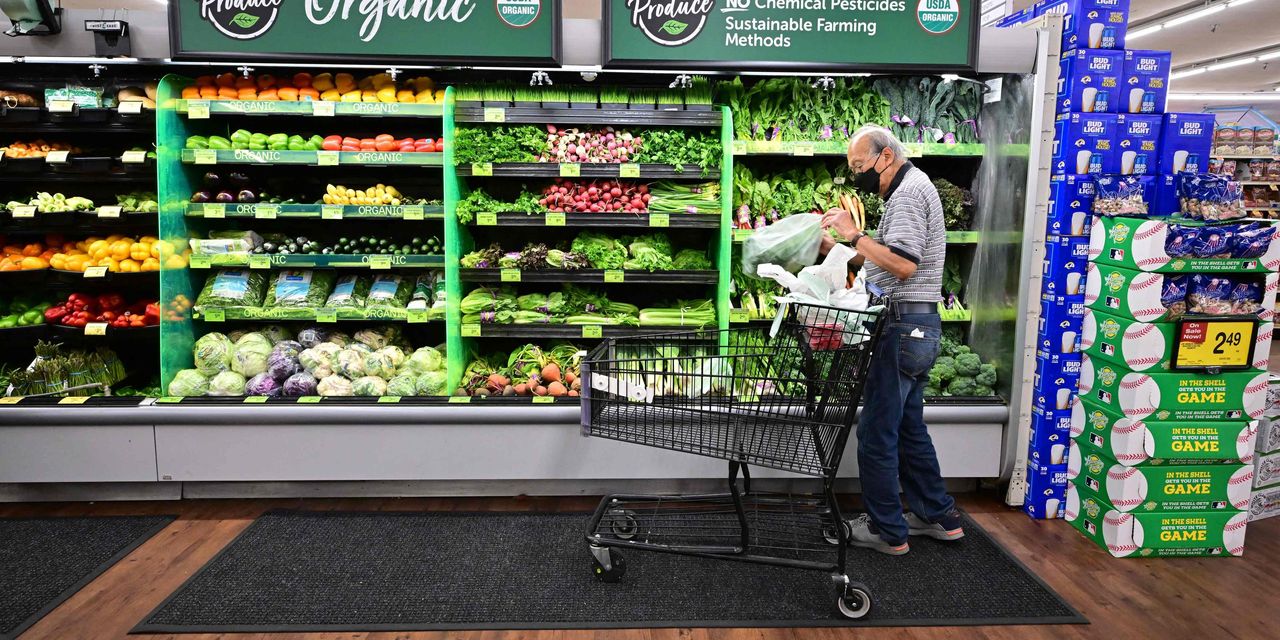More middle-income Americans complained that inflation kept them from saving as much money in the second quarter than in the prior quarter, as high prices are taking a bite out of wallets in 2023, according to a new survey released by Santander USA.
Despite these concerns, Americans remained optimistic about their economic prospects, while more people said they expect to move their money to take advantage of higher interest-paying products such as certificates of deposits or higher-yielding money-market accounts.
Customers also remained loyal to their respective banks despite a run on deposits that caused the demise of Silicon Valley Bank, Signature Bank and First Republic late in the first quarter and into the second quarter of this year.
Seventy-three percent of middle-class Americans said they were unable to save as much as a result of inflation, up from 67% in the first quarter.
In a separate question, 68% said they have made “significant” cuts to their household spending to adjust for inflation, up from 60% in the first quarter,
The survey results were part of Santander USA’s Q2 Paths to Prosperity survey released Monday.
Despite increased concern over inflation, consumers remained resilient as the U.S. job market remained strong. More than two-thirds of respondents — about 68% — agreed that they were on the right track toward achieving their financial prosperity, roughly unchanged from three months ago.
“Without predicting where it goes, we’re in a better place today and the economy is in a better place today and the customer is in a better place than we anticipated six months ago and the signals are positive,” Santander USA Tim Wennes told MarketWatch. “Employment is strong and consumer behavior and spending appear to be holding up.”
The bank is seeing “significantly more interest” from customers in moving to accounts paying higher interest rates, given that savings rates are now at their highest levels in about 15 years.
Less than a third, or 32% of consumers, have moved money into high-yield accounts to benefit from higher interest rates, and that figure is expected to increase.
“You’ll see that interest continue and the number is going to go up,” Wennes said.
In response to turmoil in the banking sector in 2023 after the collapse of Silicon Valley Bank and two other banks, Santander USA added questions in Q2’s survey around perceptions of the banking industry and stability.
Despite the trouble in banking, just 5% of middle-income Americans changed banking providers as a result of recent banking industry events, the survey said.
“It’s not a surprise that customers remained loyal to their bank. It mirrors what we’ve seen in our business,” Wennes said. “They trust the bank and have confidence in their bank so they continue with their relationship.”
The data contained in the bank’s Q2 study reflected the results of a survey of 2,213 middle-income Americans.
The Q2 study marks its second since its debut in the first quarter. The bank has said it plans to continue doing the survey each quarter.
“The survey is helpful as our key objective is how do we help our customers thrive and prosper,” Wennes said. “Many of our customers are middle-income Americans and we’ve seen so many conflicting economic signals in the last year. Doing this survey each quarter helps us stay on top of trends.”
Santander USA’s bread and butter is tied to middle income people, with 70% of customers for its auto business and a majority of its consumer bank clients defined as middle income Americans between roughly $50,000 and $150,000.
Also read: Santander looks to build up U.S. business as regional powerhouse but not a megabank
Read the full article here








